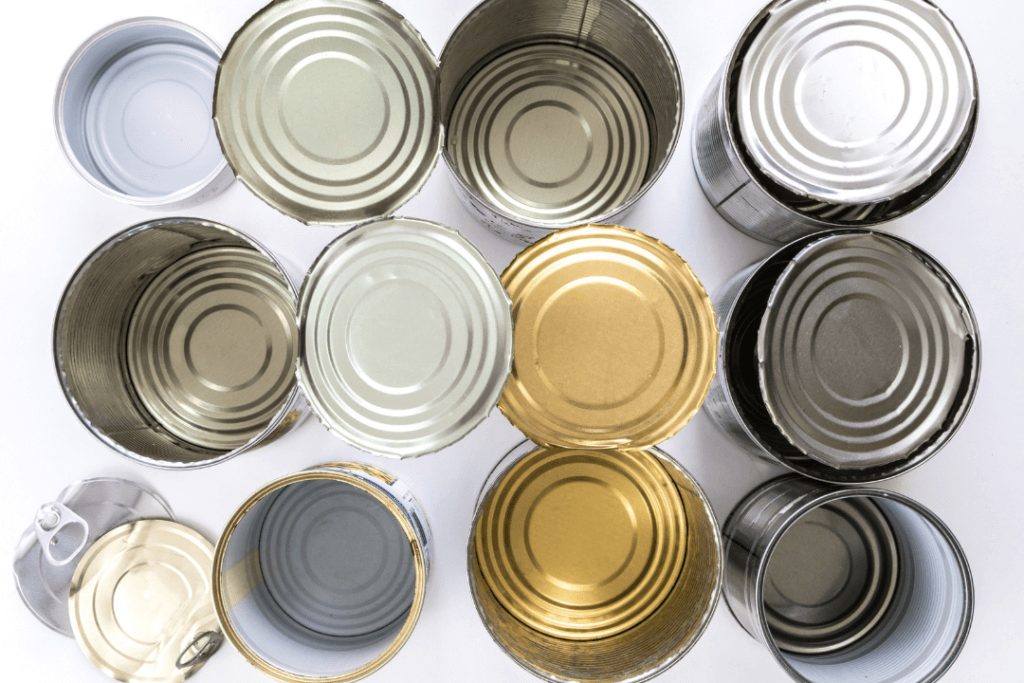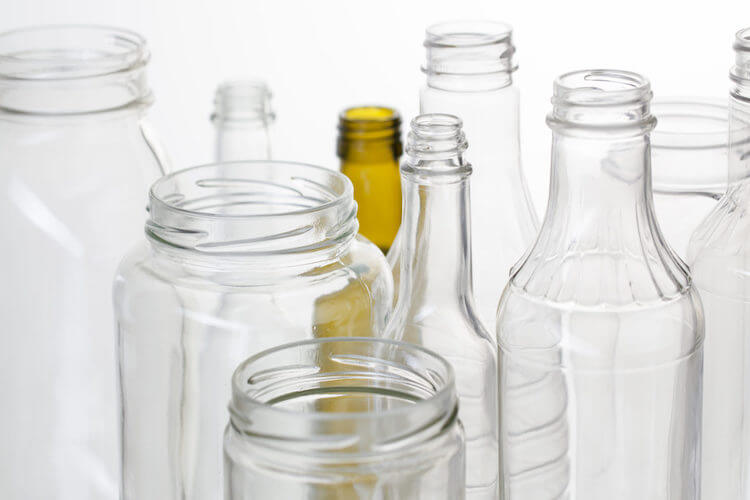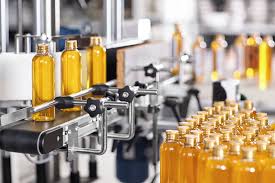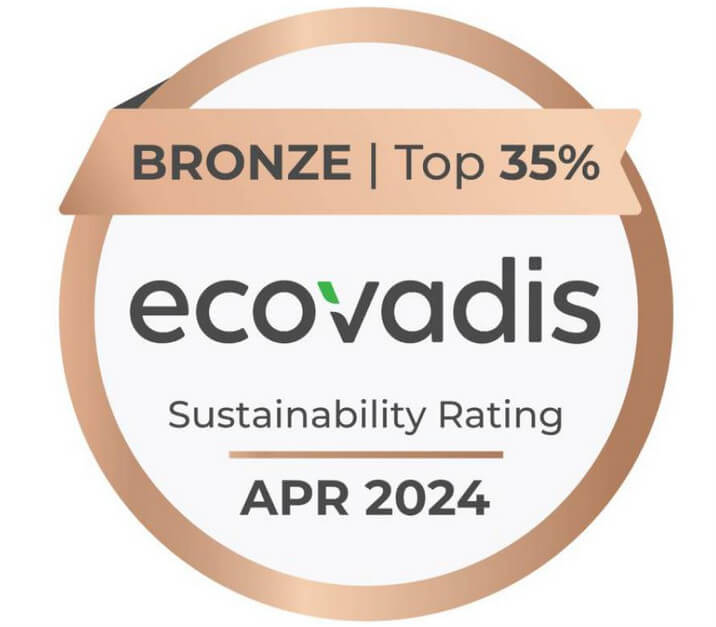In today’s environmentally conscious world, choosing the right packaging material is crucial for businesses aiming to minimize their ecological footprint. At C.L. Smith, we’re committed to offering sustainable packaging solutions that not only meet industry standards but also exceed expectations in terms of effectiveness and environmental impact. Join us as we compare various sustainable packaging materials, highlighting their unique benefits and helping you make informed decisions for a greener future.
What Types of Sustainable Packaging Are There?
Recycled Plastics
Plastic produces 141 million tons of plastic packaging every year, most of which ends up in our oceans and landfills. Recycling conserves our natural resources and contributes to the economy. C.L. Smith’s commitment to sustainability shines through our fully plastic paint cans, which are made from 100% recycled polypropylene and are fully recyclable, offering a promising solution in the drive towards a more sustainable packaging industry.
Advantages
- Less waste in our oceans and landfills
- Reduces the need for virgin materials
- Reduced energy consumption and pollution
- Recycling is easy with new technology
- Easy and inexpensive
- Can be made into cosmetic bottles, mailer bags, and many others
- Helps mitigate global warming
Disadvantages
- Toxins are released into the air when the plastics are melted down
- Does not guarantee a quality product
- Increases low-quality jobs
Bioplastics
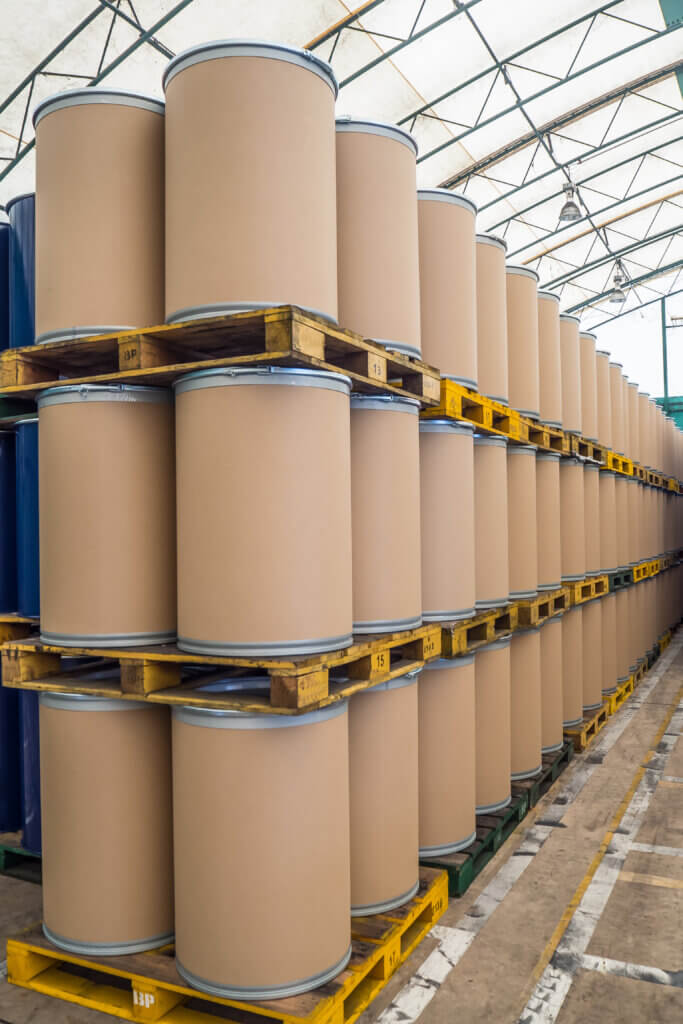
Bioplastics made from crops like sugarcane instead of fossil fuels are said to be a potential solution to plastic pollution. In line with sustainable alternatives, C.L. Smith offers fibre drums made from 70% less plastic, fully recyclable, and highly eco-friendly.
Advantages
- Reduced use of fossil fuels
- Small carbon footprint
- Faster decomposition
- Less toxic material
Disadvantages
- Relatively expensive
- Most cities do not have the infrastructure needed to break down bioplastics
Corrugate
Unrecycled cardboard puts strain on our finite resources such as water and land. The United States alone throws away 1 billion trees in cardboard per year. At C.L. Smith, we have the ability to reconfigure our corrugated boxes to a lighter board grade, reducing materials.
Advantages
- Reduced pollution, landfills, greenhouse gases, and consumption of finite resources
- Saves electricity and energy
- Conserves our forests
- Easy and inexpensive
- Can be made into paper products, new cardboard packaging, gift cards, toilet paper, and many more
Disadvantages
- Toxic chemicals can be used in the recycling process
- Cardboard can be contaminated
- Not suitable for standalone food packaging
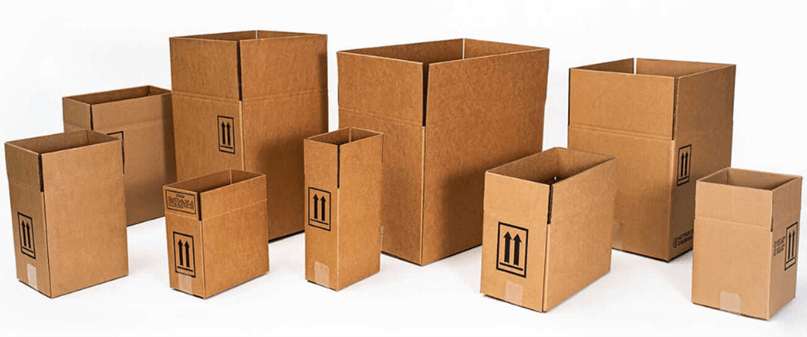
How Does C.L. Smith Work Towards Sustainable Packaging?
C.L. Smith is dedicated to advancing sustainable packaging through a variety of innovative methods and products. To minimize environmental impact, we reduce plastic gram weights in packaging while maintaining quality. We employ returnable bulk packaging systems for waste reduction and reuse. We also use 100% recycled polypropylene, develop biodegradable options, and invest in advanced recycling technologies to enhance recyclability. Our optimized manufacturing processes further reduce energy use and carbon emissions, promoting sustainable packaging solutions.
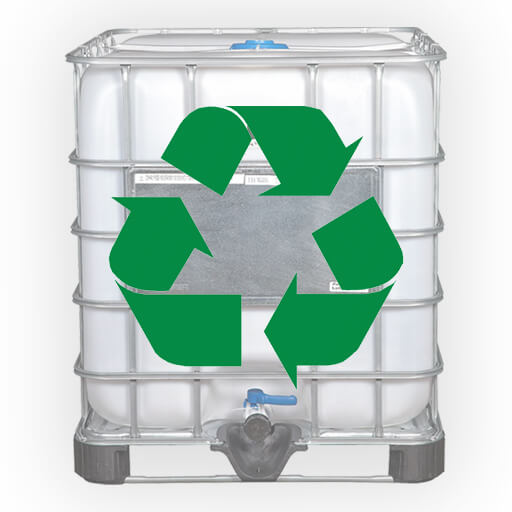
At C.L. Smith, we also prioritize the use of recyclable materials and incorporate post-consumer recycled content in our packaging solutions, significantly reducing the need for materials and supporting circular economy principles. We implement an IBC Return Program through our sister company Southern Container, where customers can purchase recycled IBCs for a discounted price. By streamlining our product offerings through SKU reduction, we further enhance efficiency and sustainability across our operations.
Our company’s sustainable packaging products include fibre drums, hybrid paint cans, fully plastic paint cans, and advanced solutions. We also offer PCR (post-consumer recycled) closures, showcasing our commitment to integrating eco-friendly materials at every stage of the packaging lifecycle. Through these efforts, we’re helping create environmentally responsible packaging solutions.
Comments are closed


